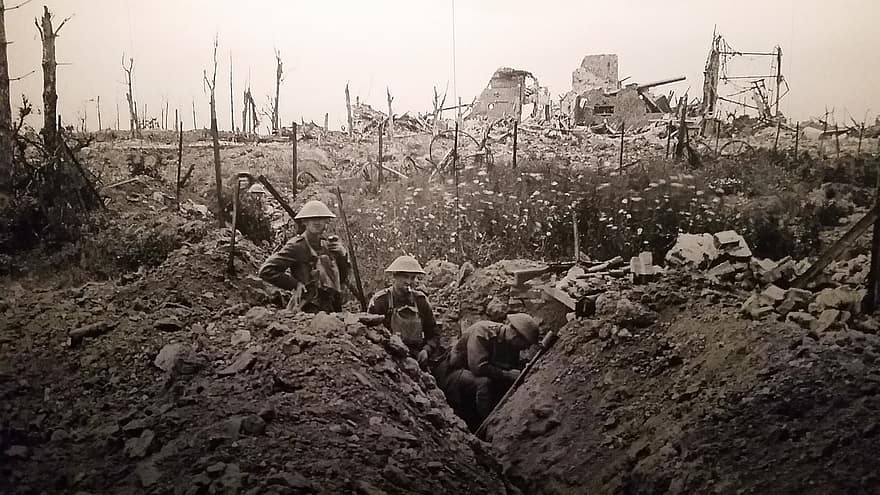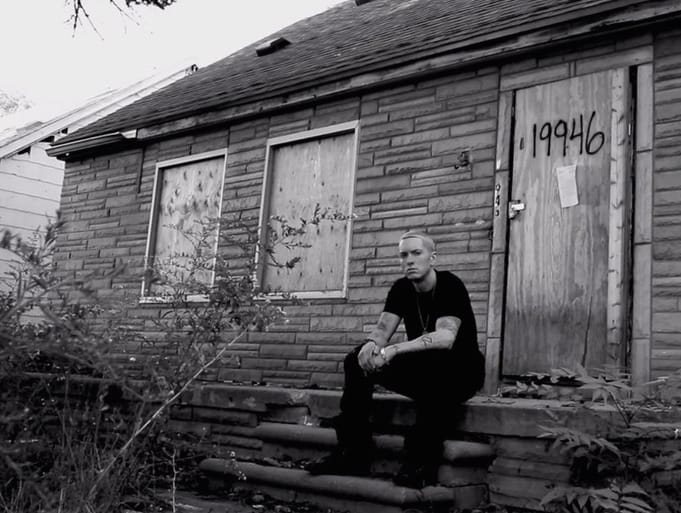It’s true what they say, 2020 really was created by historians in order to increase book sales. Unfortunately, the books they wrote would have astronomical implications to the way education is seen. Whether for ill or for will, the way we imagine a classroom will most likely never be the same. Our reliance on perpetually evolving technology will transform the way instruction is designed, and our understanding of literacy will forever expand past the comprehension of novels. As teachers we hold a torch for the generations of tomorrow – understanding well that without the evolution and adaptation of our craft, passion and love for education will be extinguished. In the trying times of today, we take the sucker-punches of the universe and transform them into the budding brilliance of the youthful minds – where sometimes less work is more, and the best ability is availability. We wanted to avoid becoming the sage on the stage, and must work with being the queen of the screen. But when all are blind, the one-eyed man is king. So, we make do with what we have, and truck on by the power of passion and will. How can we be done when the sun rises again?
Dan Carlin once claimed to be a poor historian, but a very good storyteller. And that, should perfectly describe the way history, and maybe most social studies, should be considered. Students often claim to be “bad” at history, whatever that means, yet many are sucked into a descriptive book or memorized by a colorful movie. I think story is the difference. If taught correctly, ALL of history should captivate students by dropping jaws and pausing heartbeats. We may not be able to imitate a Michael Bay theater experience, but we are far from your grandma’s credenza radio. Virtual education has highlighted the importance of story. I have personally seen the difference between student engagement when lessons are captivating and appealing. By creating lesson plans that teach more like stories and movies, and less like graphic organizers, we are sure to spark passion and interest in students who previously thought little of history. By creating interest we are investing into participation. By fostering participation we are creating memories cementing ideas. By creating memories that cement ideas we transform individuals who in turn, transform society. How you get there is where you arrive. The following lessons may, or may not, use the principle of story as their backbone. But if adapted and transformed, all could be taught in very interesting and educational manner. I pass the torch to you, and ask that the ballad go on.
In this document-based-lesson about the trenches of WWI, students are asked to really examine the front line experiences of trench soldiers through multiple mediums – photography, first person accounts, a documentary, and fictional cinema. After examining these primary and secondary documents, students are encouraged to use their imagination and creativity by taking on the persona of a WWI soldier and writing a “Letter Back Home” to their family and loved ones. Additionally, they are also asked to combine their internet literacy with their new found knowledge of the trenches. This lesson fits into any history class that covers the storyline of WWI – whether as American, European, or world history. Most importantly, it can be taught as a story.
“A is for Atom” is a lesson that can be used in a variety of social studies courses since it highlights issues of ethics and humanity sown in history and propaganda. Students are asked to watch a video and examine photos in order to determine whether or not one (or multiple) primary accounts can be considered propaganda. The ability to identify and explain issues and consequences of propaganda are a crucial precedent that is valuable in any history class.
The Race to Space is an interactive Google Forms lesson that walks students though the space race of the Cold War by having them pick and choose their next move. Combined with comedy and banter this online lesson can be transformed into a multiple period activity/project that gives students a real opportunity to traverse the 1960s as an astronaut, or a cosmonaut. This is a great interactive lesson that lets student gather information on the opposing world superpowers as they attempt to beat each other through technological advancement. This lesson serves as a great introductory to a high school History class that covers the Cold War between the US and Soviet powers. Teach it as a story!




